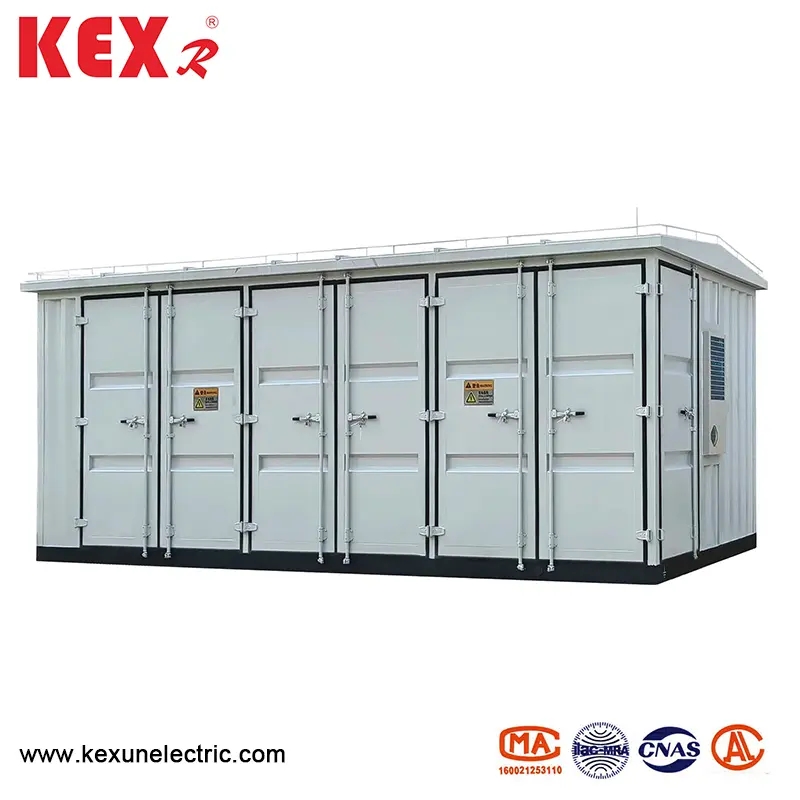Power Distribution Transformer
The Power distribution transformer specially produced by Kexun in China Factory is a kind of static electrical equipment, whose core function is to reduce the high voltage transmitted by the power grid (usually 10kV or 35kV) to the low voltage that users can directly use (usually 400V/230V).
●Application scenario: Usually located on a telephone pole, in the distribution room or box-type substation of a community/enterprise.
●Function: To realize two-way conversion of electric energy, which not only provides safe and available power supply for industrial, commercial and residential users, but also is the key node of voltage adjustment and electric energy distribution in distribution network.
● Main types
◆ Oil-immersed transformer
▶Features: The winding is immersed in transformer oil, which plays the role of insulation and cooling.
▶ Advantages: good heat dissipation, large capacity, low cost, mature technology and convenient maintenance.
▶Disadvantages: There are risks of fire and leakage, and it is not suitable for places with high fire protection requirements.
▶Application: Widely used in outdoor, power distribution room and large industrial and mining enterprises.
◆ Dry type transformer
▶Features: The winding is cast or impregnated with solid materials such as epoxy resin, and cooled by air convection.
▶Advantages: oil-free, fire-proof, explosion-proof, environmental protection and convenient installation.
▶Disadvantages: relatively small capacity, high cost and high requirements for operating environment (such as humidity and dust).
▶Applications: High-rise buildings, subways, airports, hospitals, shopping malls, data centers and other indoor places.
Power distribution transformers seem ordinary, but they are ubiquitous and indispensable infrastructure in modern society. It stands quietly on street corners, residential quarters or telephone poles, silently converting high-voltage electricity into our daily available safe voltage, providing continuous and stable power for thousands of households, factories and enterprises, and is the "capillary conversion station" of urban energy veins.
- View as

New Energy Huashi Box Transformer
Model:ZGS
Brand:KEXR

High Voltage Regulating Transformer
Model:SVR
Brand:KEXR

Dry-type Mining Transformer
Model:KSG
Brand:KEXR
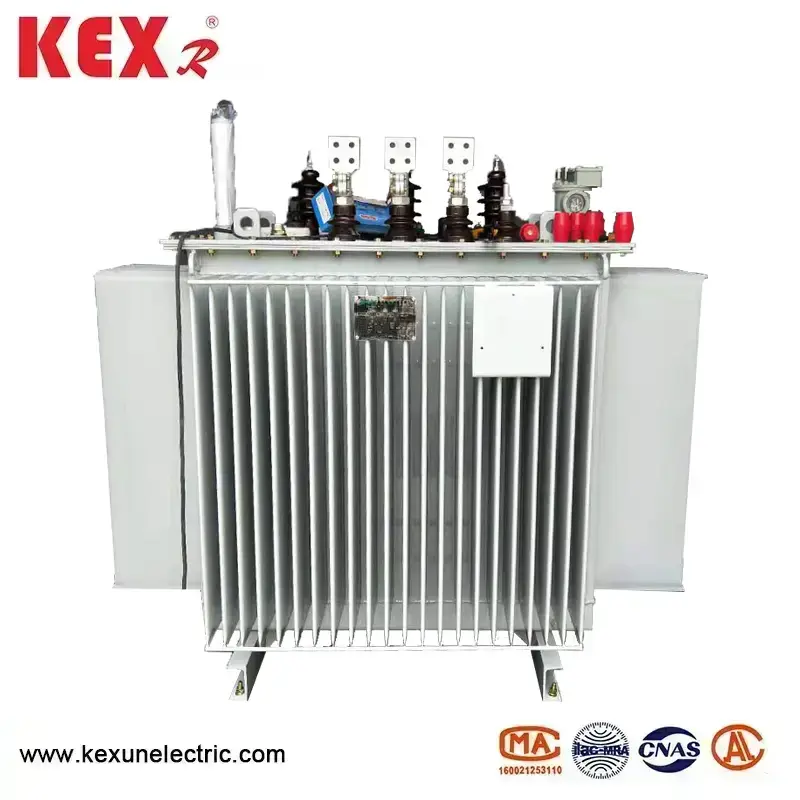
Oil Immersed Transformer
Model:S9
Brand:KEXR

Environment-friendly Dry-type Transformer
Model:SCB10
Brand:KEXR

Resin Insulated Dry-type Transformer
Model:SCB10
Brand:KEXR


